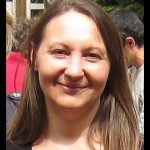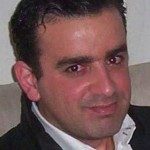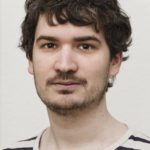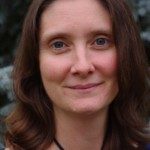About
Candida albicans and Candida glabrata are the two major yeast species responsible for invasive fungal infections in humans. Systemic infections due to C. albicans and C. glabrata are associated with high mortality rates despite the existing antifungal arsenal. A better knowledge of the mechanisms involved in their pathogenesis is likely to reveal new strategies to fight these infections. Several features contribute to C. albicans and C. glabrata virulence among which an ability to adapt to a wide range of variations in environmental parameters and, in the case of C. albicans, the ability to undergo a reversible yeast-to-hypha transition. In this respect, it has been proposed that deciphering the transcriptional regulatory networks that control these different properties and their interplay has the potential to uncover so-called regulatory hubs – transcription factors that show high connectivity within networks and can act as integrators of diverse cellular processes – and that these hubs could represent interesting targets for antifungal development. Hence, the CANDIHUB project aims at deciphering the C. albicans and C. glabrata transcriptional regulatory networks involved in the adaptation of these two species to varying environments and subsequently testing the contribution of the regulatory hubs identified in these networks to C. albicans and C. glabrata fitness and virulence.
In order to achieve this objective, we will take advantage of our previous identification of homologous C. albicans and C. glabrata transcription factor genes that show changes in expression in cells exposed to a pleiotropic stress. For each of these transcription factors, we will define its transcription module (the set of its direct targets) using genome-wide transcript profiling (by RNA-Seq) and chromatin immunoprecipitation (by ChIP-Seq). The combination of the transcription modules obtained for the 16 C. glabrata and 13 C. albicans transcription factors to be investigated in CANDIHUB will enable us to infer a global stress regulation network for each of these two species, which will be validated in particular through advanced proteomics approaches. Additionally, regulatory hubs will be identified within these networks and their functional characterization using loss-of-function and gain-of-function mutants in vitro or in ex vivo or in vivo models of host-pathogen interaction will reveal whether they constitute relevant targets for antifungal therapies. Furthermore, comparison of the global regulatory networks, inferred using homologous transcription factors, will help estimating the divergence and convergence between the strategies used by these two distantly related yeasts to infect humans. Dissemination of CANDIHUB results will be promoted through a web-based database compiling and mapping transcriptional regulatory interactions in C. albicans and C. glabrata, thus providing an important resource to the Candida community, which is missing at the moment. Overall, our study will be unique by the amount of direct experimental data produced and used for regulatory network reconstruction in Candida species, by the coherence of the data produced and by the parallel analyses of two distantly related yeast pathogens.
The CANDIHUB partners are :
- Christophe d’Enfert, Institut Pasteur, Paris, France who provides expertise in C. albicans post-genomics and biology
- Frédéric Devaux, Université Pierre et Marie Curie, Paris, France who provides expertise in the study of regulatory networks in hemiascomycetous yeasts and, specifically, C. glabrata
- Gaëlle Lelandais, Institut Jacques Monod, Paris, France who provides expertise in the development of bioinformatics tools and databases and in silico study of regulatory networks
- Jean-Michel Camadro, Institut Jacques Monod, Paris, France who provides expertise in proteomics.






